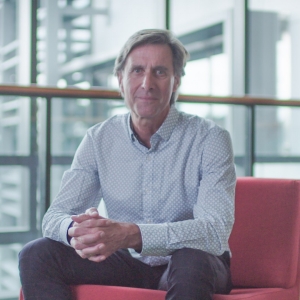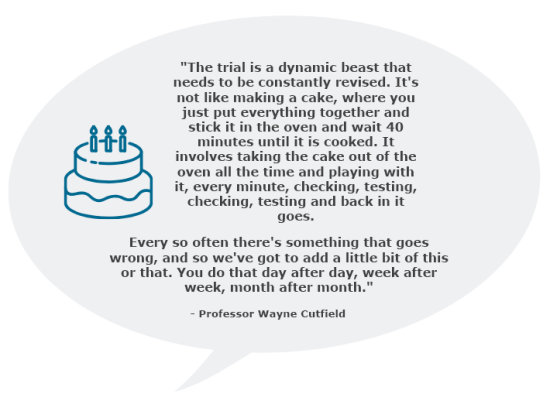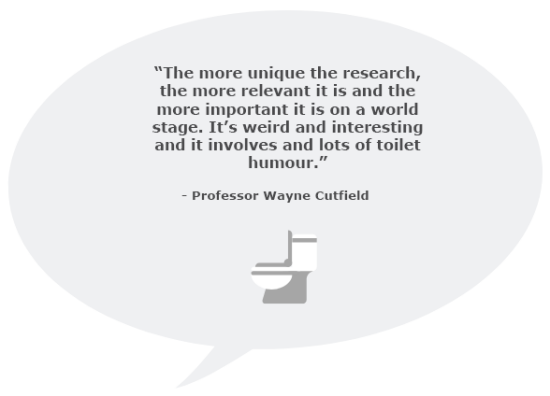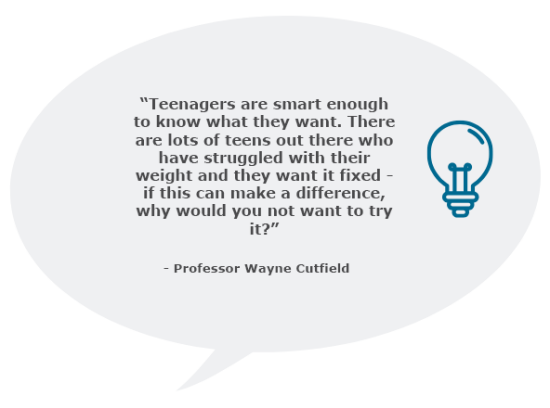“Five years ago we wouldn’t be having this conversation”, says Professor Wayne Cutfield, speaking about the Gut Bugs trial. Gut Bugs is a world-first, cutting-edge research project which, according to Professor Cutfield, examines a “whole new area of biology.” The trial examines the effectiveness of gut microbiome transfer (GMT) as a treatment to support adolescents who are living with obesity to achieve and maintain a healthy weight. Professor Cutfield is a Paediatrician and Professor of Paediatric Endocrinology at the Liggins Institute. He is also the Principal Investigator (PI) for Gut Bugs.
Nature of Science Idea:
- Science is a collaborative process and scientists often work in teams.
His role as PI is to pull together a large team of researchers and support staff while overseeing what happens in the trial day by day, week by week. He helps with planning the project and with the constant troubleshooting, tweaks and changes that are necessary as the Gut Bugs trial evolves.
The Gut Bugs trial is important because many studies have been carried out on mice which indicate a link (or an association) between the gut microbiome and health conditions such as obesity, diabetes and heart disease. However, as Professor Cutfield says, “man is not a mouse”. Also, he says, association studies do not prove cause and effect. “If today is my birthday and it’s raining, I cannot assume that my birthday makes it rain. And the only way to test this is to move my birthday around onto different days and see if it rains. And that is what is happening now with Gut Bugs.”
Nature of Science Ideas
- Science is innovative, exciting and breaks new ground. Science is about generating and testing new ideas.
- Science involves uncertainty and unknowns, you need to find your way, develop techniques, find out how to do things.




